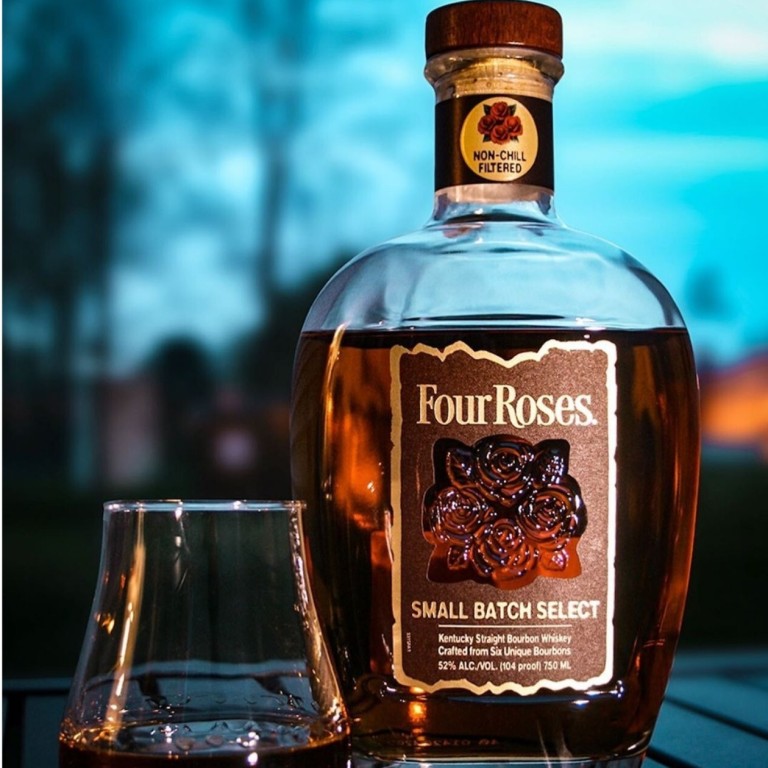Scotch whisky vs bourbon whiskey: which is better for food pairing menus?

Experts swear by wine pairings; grape can match cheese, chocolate, seafood, you name it. Over in Japan, sake and shochu are paired with almost every local delicacy. Whisky has always been seen as a powerful spirit, one that would overwhelm any dishes or drinks it’s paired with. Well, that's just plain wrong.
Whisky pairs wonderfully with food, from desserts to main courses, there's always a dram to go with each plate. But the question on our minds, and the topic of this Whisky Debates chapter: is Scotch whisky, or bourbon whiskey (with an e), most suited for food pairings?
STYLE EDIT: Why daring chefs pair Johnnie Walker whisky with Asian flavours
Scotch whisky
Scotch is made across Scotland's five official regions. Speyside is home to the most famous Scotch brands, such as Macallan, Glenfiddich and Glenlivet. Beyond Speyside, other regions include the Highlands, Lowlands, Campbeltown, Islay and the Islands, an extra unofficial region.
Now, some choose to break the regions down by flavour profile. Lowland distilleries produce light, floral expressions while the Highlands deliver richer, full-bodied whiskies.
Islay is home to the smoky, peated drams we all know (think Lagavulin, Laphroaig and Caol Ila). While some of the flavour descriptors work for the regions, every distillery is unique, and therefore cannot be boxed into the borders it stands in. Most Islay whiskies may be peated however, from Kilchoman to Bruichladdich, the liquid will be completely different. The wood casks used also differ greatly. This means one thing – the variety of flavours and aromas to be found are wide and varied, making Scotch perfect to be paired with many different cuisines.
A punchy, peated whisky from Islay is as intense as it gets, and can hold its own against marinated, barbecued meats. A light Lowland whisky can complement lightly fried food or subtle spice with its fresh, floral notes. A rich, honey and caramel forward Highland malt will go down perfectly with a rich chocolate dessert. With the myriad of expressions, Scotch can adapt to any menu.
Whisky Debates: Scotch vs Japanese – which should a collector pick?
Bourbon whiskey
Bourbon is produced across the US and must be made of a grain mixture of at least 51 per cent corn. The whiskey must also be aged in new, charred oak containers.
To be clear – Bourbon expressions are incredibly diverse and expressions from the hundreds of new distilleries across the US are abundant. The grain mixture allows for much experimentation and well-aged bourbon differs greatly from the younger expressions.
However, the lack or wood types used and (often) shorter maturation periods makes it harder for younger bourbons to truly stand out in separate categories, unlike Scotch, and many deliver very similar flavour profiles. The caramel forward, syruplike notes are expected and loved by a huge global fan base; however, this limits the number of dishes that can be matched with bourbon.
Whisky Debates: Water vs ice – which goes best with your dram?
Verdict
The addition of peated whisky, the variety of casks previously holding sherry, cognac, rum or wine, and also the higher average of aged expressions (regular Scotch core ranges are between 10-15 years old) all combine to make Scotch whisky's flavour range bigger, and thus, easier to pair with food.
Bourbon is one of the biggest global categories and rare expressions are hunted down endlessly. However, when it comes to pairing it with food, due to the strict regulations that limit how much experimentation can be made, it's a challenge to find new and diverse flavours.
If you're planning a whisky pairing dinner, go with Scotch whisky. Whether it is four, five, or 10 courses, there's a whisky for every dish.
Want more stories like this? Sign up here. Follow STYLE on Facebook, Instagram, YouTube and Twitter .
Help us understand what you are interested in so that we can improve SCMP and provide a better experience for you. We would like to invite you to take this five-minute survey on how you engage with SCMP and the news.

Wine, sake and even beer is regularly paired with different dishes, desserts, meats and cheeses – but contrary to popular belief, a good whisky can prove an equally complimentary culinary companion – if it hails from the right side of the Atlantic, at least